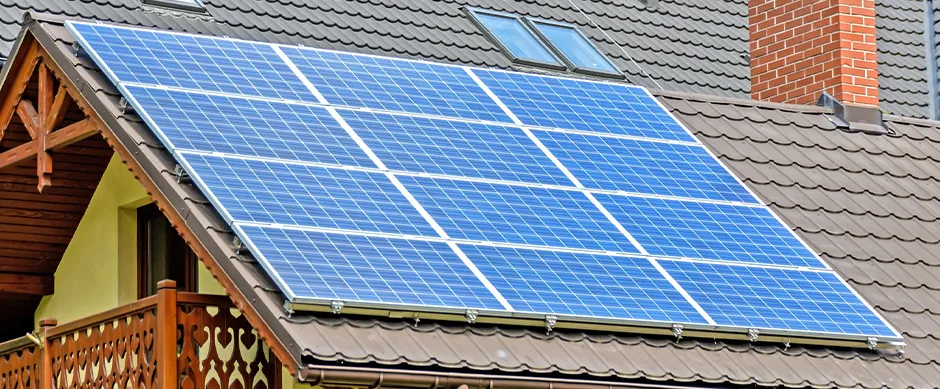Understanding the Costs of Installing a New Roof with Solar Panels for Your Home
The Cost of Installing a New Roof with Solar Panels
As the world shifts towards sustainable energy sources, many homeowners are considering the installation of solar panels as a means of reducing their carbon footprint and lowering energy costs. One effective approach to this is to combine the installation of a new roof with solar panels. This combination not only enhances your home’s aesthetic appeal but also significantly improves its energy efficiency. However, the cost of such an installation can vary widely based on several factors.
Assessing the Costs
When planning for a new roof with solar panels, the first step is understanding the costs involved. The average cost of a new roof can range from $5,000 to $15,000, depending on the materials used, the size of the roof, and labor costs in your area. Asphalt shingles are generally the most economical option, while metal and tile roofs can be more expensive but offer greater durability and longevity.
On top of the roofing costs, installing solar panels introduces an additional expense. The cost of solar panel installation varies based on the size of the system, the type of solar panels chosen, and the complexity of the installation. As of 2023, the average cost of solar panel installation in the U.S. is about $15,000 to $25,000 before any tax credits or incentives. Integrating the two projects can lead to additional savings, as you can streamline the installation process and reduce labor costs.
Benefits of Dual Installation
Combining roof replacement with solar panel installation offers several benefits. First, it allows homeowners to address two critical upgrades simultaneously, potentially saving time and money. If your roof is nearing the end of its lifespan, it makes sense to replace it before installing solar panels. This way, you avoid the hassle and expense of removing and reinstalling the panels later when the roof needs replacement.
new roof with solar panels cost

Additionally, many solar panel providers offer discounts or promotions when installed alongside new roofing systems. This can significantly reduce overall costs and make solar energy more accessible to homeowners.
Moreover, a new roof paired with solar panels can enhance the value of your home. Potential buyers are increasingly interested in energy-efficient homes, and having a modern roof complemented by solar technology can be a major selling point. Studies indicate that homes with solar installations can sell for a premium and often sell faster than those without.
Incentives and Financing Options
One of the most significant factors in determining the cost of solar panel installation is the availability of tax credits and incentives. The federal government offers a solar investment tax credit (ITC) that allows homeowners to deduct a percentage of the installation costs from their federal taxes. As of 2023, homeowners can take advantage of a 30% tax credit, which can substantially offset the initial investment.
In addition to tax credits, many states and local governments also offer incentives, rebates, and financing options to encourage the adoption of solar energy. These programs can help make the installation of solar panels more affordable, allowing homeowners to capitalize on long-term energy savings while alleviating the upfront costs.
Conclusion
In summary, the decision to install a new roof with solar panels is an investment that requires careful consideration of various costs and benefits. While the initial expenditure can be significant, the long-term savings on energy bills, combined with potential property value increases and available incentives, present a compelling case. By doing thorough research and obtaining multiple quotes, homeowners can make informed decisions that align with their financial goals while contributing to a more sustainable future.
-
Understanding the Advantages of Solar String Inverters for Your Energy SystemNewsApr.29,2025
-
Choosing the Right PV Inverter: A Comprehensive GuideNewsApr.29,2025
-
The Future of Solar Power: Exploring Bifacial Solar PanelsNewsApr.29,2025
-
The Complete Guide to Solar Panels: Efficiency, Cost, And InstallationNewsApr.29,2025
-
The Best Options for Efficiency and Cost-EffectivenessNewsApr.29,2025
-
Harnessing the Power of Off-Grid Solar Inverters for Energy IndependenceNewsApr.29,2025







